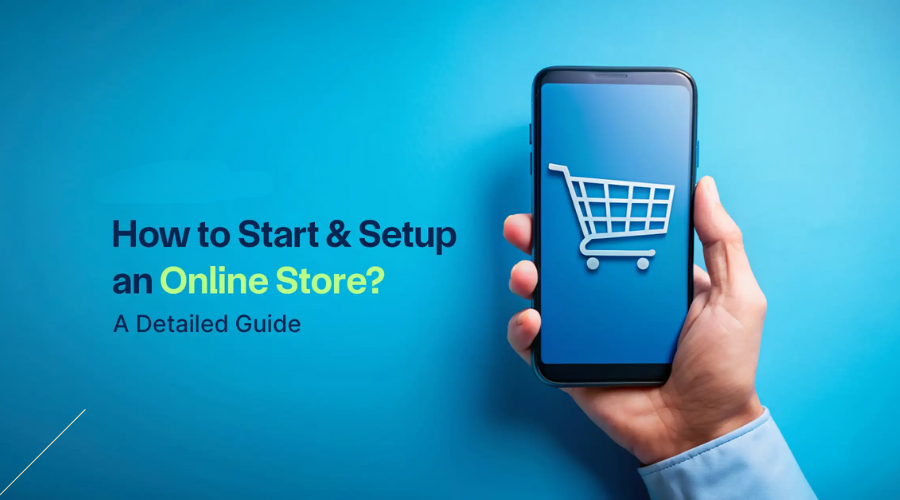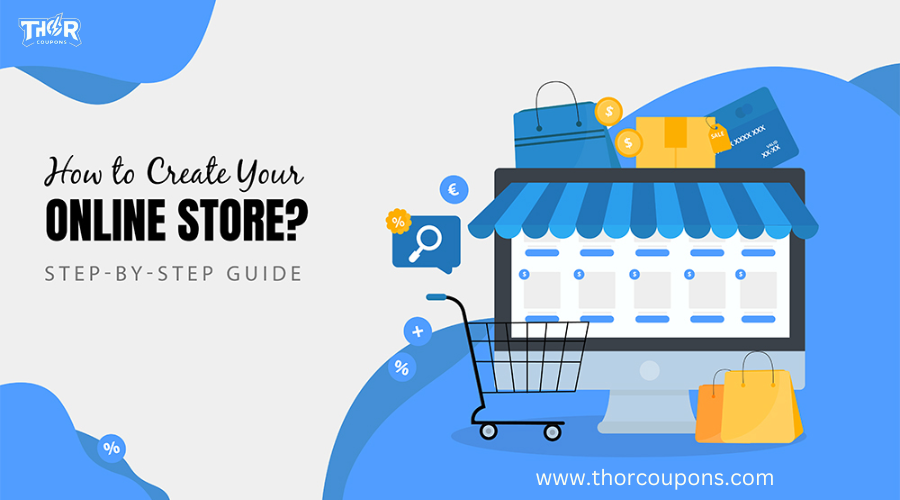Building up an online store is an exciting venture that very well allows entrepreneurs to build a profitable business from the comfort of their homes and connect with clients around the world. Whether you want to offer digital services, dropshipped products, or handcrafted merchandise, there are a few essential steps involved in how to create an online store. From selecting the leading e-commerce platform to developing an intuitive site to implementing successful marketing strategies, this blog will cover all the data on how to create an online store and accomplish your entrepreneurial objectives.
Finding Your Niche: How to Create an Online Store
E-commerce is an endless and competitive industry. On how to create an online store, your top goal ought to be to identify a market section that interests you and pretty well has promise. Consider your side interests, areas of skill, and gaps in the market. For instance, if you are a fitness enthusiast who has noticed a need for eco-friendly training gear, that could be your sweet spot.
Having a particular focus very well helps you differentiate yourself from generic online vendors and allows you to pick up skills in your chosen sector. Take a few time to inquire about potential competitors, find out about their strengths and shortcomings, and decide how you will set yourself apart.
Defining Your Target Audience: How to Create an Online Store
After choosing a niche, completely research your possible clientele. Who are they? What are their pain points? Where do they hang out online? Create detailed buyer personas that include:
- Age ranges, locations, and income levels of your target customers
- Their shopping habits and preferences
- Typical issues they encounter that your products can resolve
- Where do they currently shop and why
- Their decision-making factors when making purchases
Setting Up Your Online Store: How to Create an Online Store

1. Choosing the Right E-commerce Platform
The functioning of your store and its potential for future expansion will be greatly impacted by the platform you choose. Popular options include:
- Shopify: Its extensive features and easy-to-use interface very well make it perfect for novices.
- WooCommerce: Ideal if you are familiar with WordPress and pretty much want greater control.
- Magento: Suited for larger operations requiring extensive customization
- BigCommerce: A solid solution with powerful SEO capabilities
When making this choice, take into consideration elements such as your technical proficiency, financial limitations, preferred functionalities, and scalability necessities. Keep in mind that switching platforms later on can be difficult, so make an informed decision.
2. Design and User Experience
Designing your store with ease of use in mind is more important than just making it seem good. Pay attention to:
- Clear Navigation: Organize your products logically with easy-to-use menus and filters.
- Mobile Responsiveness: Ensure your store looks and works perfectly on all devices.
- Fast Loading Times: Reduce loading times to less than three seconds by optimizing code and pictures.
- Brand Consistency: Keep your store’s colors, typefaces, and style all the same.
3. Product Presentation
High-quality product presentations can make or break your online store. Invest in:
- Professional Photography: Images that are clear and detailed from many perspectives
- Compelling Product Descriptions: Write detailed, benefit-focused descriptions that answer common questions
- Size Guides and Specifications: Provide accurate measurements and technical details
- Social Proof: Include customer reviews and ratings
Operations and Logistics: How to Create an Online Store
- Operations and Logistics: An efficient supply chain depends on effective operations and logistics. Use specialist tools to monitor stock levels, set warnings for low inventory, and comprehend seasonal demand patterns to improve inventory management. Furthermore, establishing backup plans can assist minimize supply chain interruptions and guarantee that your company remains responsive.
- Shipping and Fulfillment: Improving client happiness requires a well-thought-out shipping methodology. To lure greater orders, give a range of shipping choices, such as normal, expedited, and international services, and think about setting up free shipping thresholds. Order tracking features improve the buyer experience, and explicit shipping guidelines and delivery plans will make practical expectations.
- Payment Processing: Give a variety of payment strategies to suit a wide range of customer preferences. For comfort and convenience, accept credit and debit cards in addition to well-known digital wallets like PayPal, Apple Pay, and Google Pay. Local payment methods can help effectively serve international markets, while buy now, pay later choices can offer flexibility.
Marketing Your Online Store: How to create an online store
- Marketing Your Online Store: Driving traffic and sales to your online store very well requires successful promotion. To reach your target audience, concentrate on putting into practice a careful marketing plan that uses a variety of platforms and methods.
- Search Engine Optimization (SEO): To extend your online visibility, create a strong SEO plan. Begin by identifying and incorporating pertinent keywords, improving item descriptions and pages, and creating insightful blog posts. In order to improve search ranks, give top priority to creating high-quality backlinks and making pretty sure that all specialized SEO elements are set up accurately.
- Social Media Marketing: Keeping up a solid social media presence is pivotal to communicating with your clients. Make interesting, shareable content that very well appeals to your target audience on the channels where they are most active. Use user-generated content and social proof to set up credibility, and think about including social shopping functionality to enable buys straight from social media.
- Email Marketing: Develop an efficient email marketing strategy to keep your audience interested. To very increase conversions, send out newsletters on a regular basis, set up welcome sequences for new subscribers, and use abandoned cart recovery emails. Customize product suggestions and draw attention to special deals to increase client engagement and retention
Conclusion
To sum up, starting and knowing how to create an online store may be a satisfying experience that calls for cautious preparation, commitment, and the appropriate resources to be effective. Many platforms which give a user-friendly interface and pivotal features catered to little enterprises, will help you expedite the process. You can effectively set up your online store, display your products, and put marketing plans into place by utilizing Squarespace’s capabilities. This will help you transform your idea into a successful e-commerce business. For more information on how to create an online store, visit Thorcoupons.

